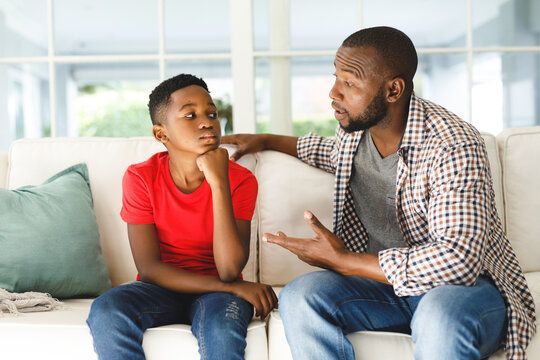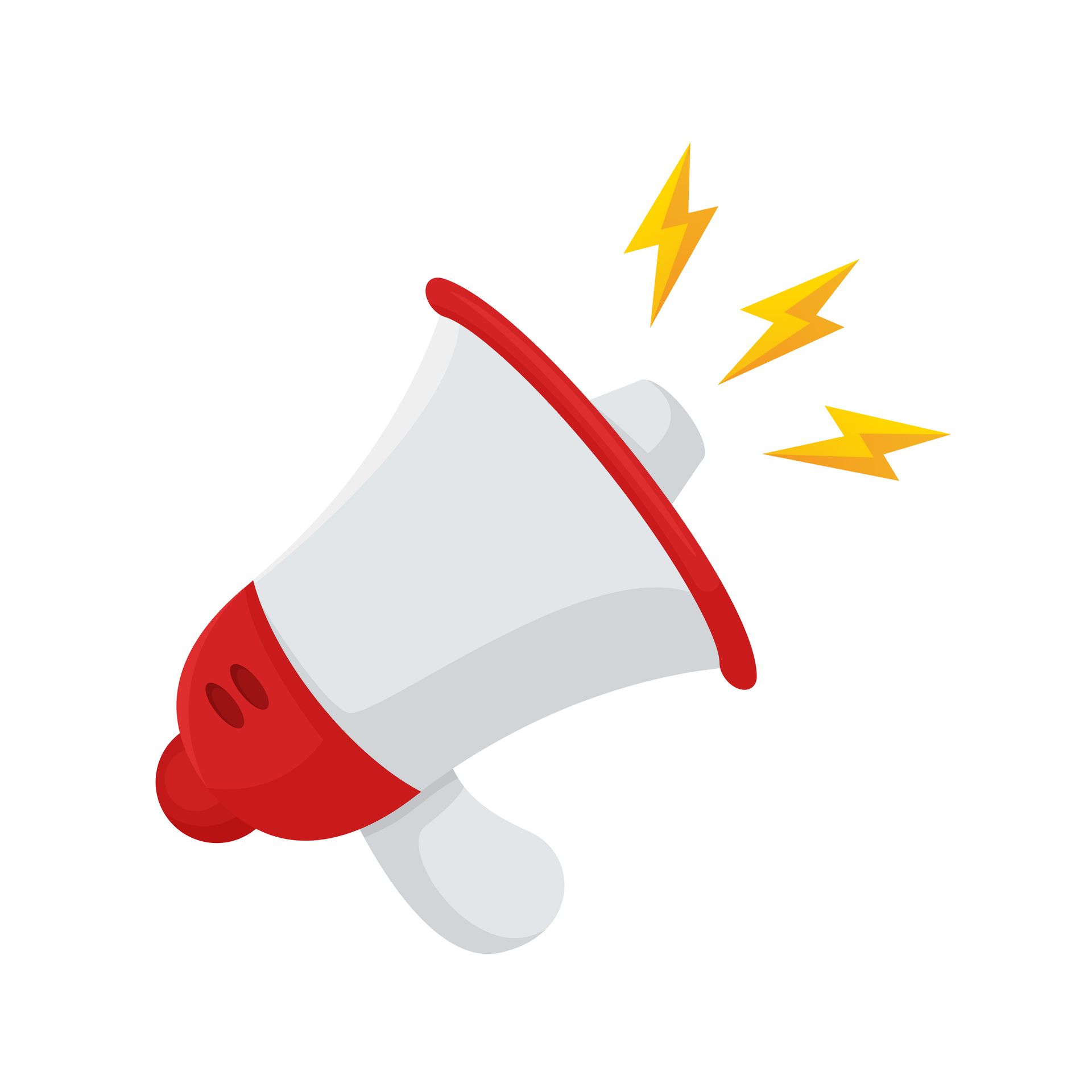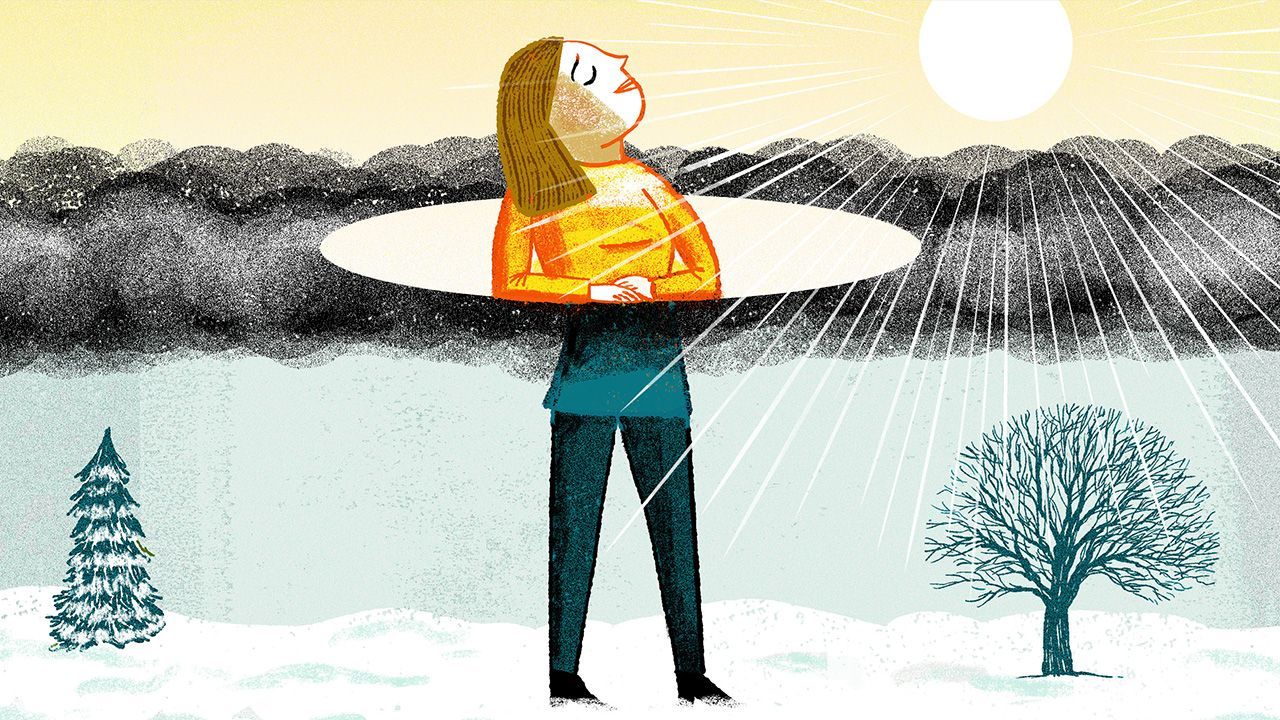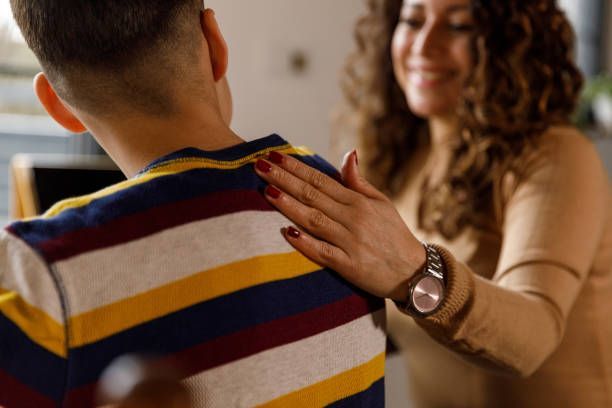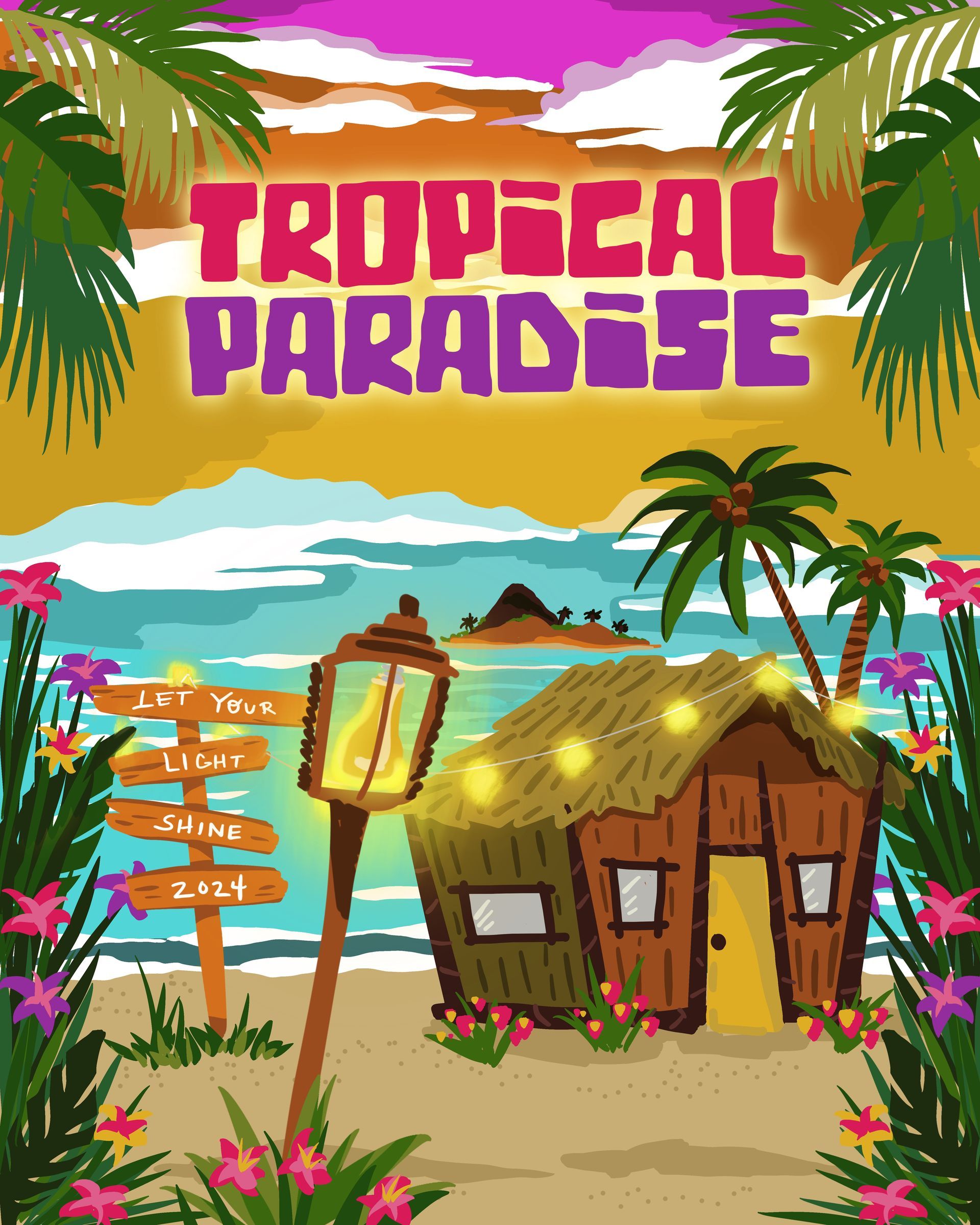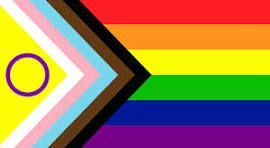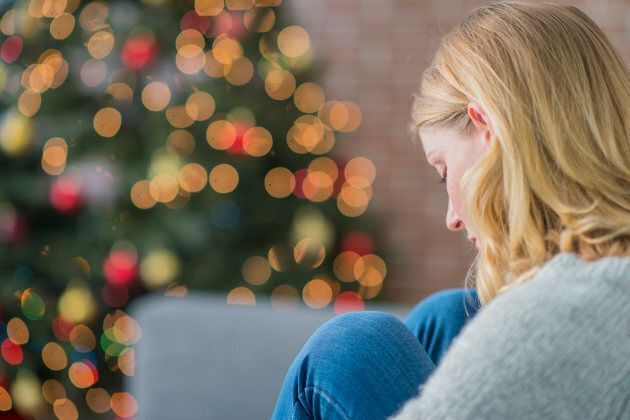
The holidays are just around the corner. Most kids are excited about getting time off, and to celebrate the holidays. However, for a lot of the children in Children and Adolescent Behavior Health’s (C&A) Day Treatment the holidays are stressful. Our Day treatment program is for students that are suffering from trauma that is affecting their everyday function.
Like every other school, Day Treatment doesn’t have class for two weeks over the holidays. This means the students are thrown off their normal schedules and aren’t receiving their regular therapy appointments. For each student, this break always affects them differently.
For example if a student is suffering from trauma because of the lost of a love one, the holidays are extremely hard for them. The holidays are a time for family, so all that is on their mind is the feeling of lost.
C&A’s Day Treatment program has students meet during the week with a therapist. This is important leading up to and after the holidays. Before the holidays they have their usual one-on-one meeting to address the upcoming holidays. In other cases they have family sessions before the holidays to help ensure that the holidays go well. The program is also designed to help build the students coping mechanisms, and problem solving techniques.
TEACHERS' AND THERAPISTS' VIEW POINT
When it comes to the teachers’ point of view of the holidays, Program Manager Dan Metzgar states a big concern is how well the students are retaining information. When is comes to the holidays, and a two week break it is easy for students to forget what they learned. To see how well students are retaining information, after the break they give out tests. Depending on the results of the test, they start to focus on what was lost during break or planning for an extended school year.

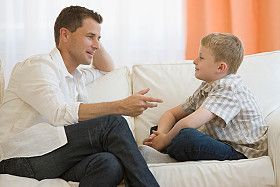
When it comes to the therapists’ point of view of the holidays, their main concern for the students is that they have a lack of supervision, consistency, and structure. They found that students struggle the most with their routine changing and with having a lack of structure during their breaks. It is important for these kids to have a structured schedule, because of that the therapists remind the students to keep to their normal routines.
For example, they suggest that the student goes to bed and wake up at their usual time. The therapists also help the students prepare for the holiday by helping them rehearse and discuss coping skills. These skills are important for each student to build. Every student and situation is different, so the students need to use what works the best for them. When the kids return to school after break the therapist help them by easing them back into their routine. They also work with students to process and discuss any issues that came up during the break.
The holidays create a big inconsistency in students’ daily routine, and can cause them more anxiety. It is hard for most students to adjust to change, but students that experienced trauma have a harder time adjusting to change. Even when there is just one day off, the week starts off on a rough foot. When returning back to school from a two week holiday it is important for the students to find consistency, and to slowly get students back on track. In the Day Treatment Program the relationship built between the student, teacher and therapist is just as important. This relationship helps students readjust back to school, and to open up about how their time away. C&A works to help the students in the program at every step of the way.
To learn more about C&A, please call 330-433-6075.

RECENT POSTS
